Table of Contents
ToggleFrom the Rockefeller Center or Carnegie Hall in New York City to Vanderbilt University in Nashville, Tennessee, or the Biltmore Estate in Asheville, North Carolina, the United States has no shortage of resplendent architectural wonders.
What these buildings have in common, however, is that fabulously wealthy industrialists built them during the Gilded Age, a uniquely lavish, controversial period in American history.
When was the Gilded Age?
The Gilded Age is generally referred to in American history as the period from the mid-1870s to the late 1890s. It is distinct from the Antebellum Period (1812-1861) and Reconstruction Era, which occurred in the Southern United States from 1865 to 1877.
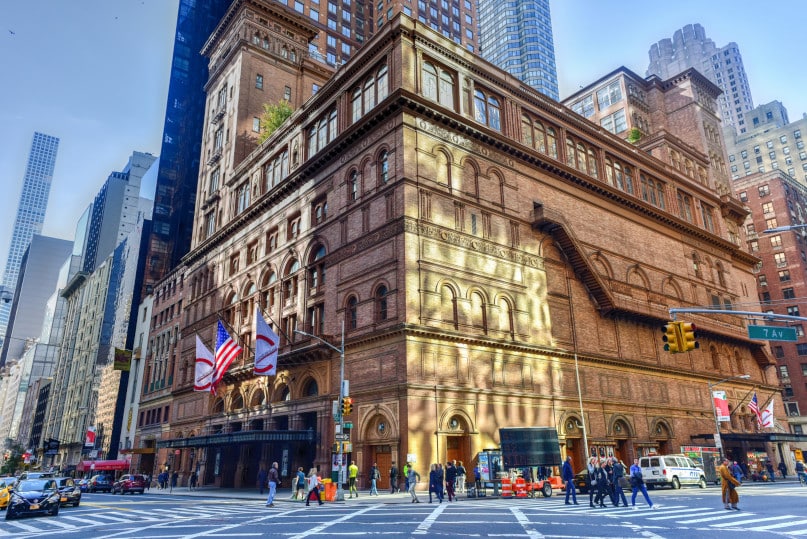
What Was the Gilded Age?
The Gilded Age was an era of rapid economic growth after the Civil War, especially in America’s industrialized Northeast. When American businesses boomed, and immigrants entered the country by the millions.
It was a time of unrestricted capitalism during the American Industrial Revolution, often called laissez-faire capitalism. This meant few laws and regulations governing commerce in the United States.
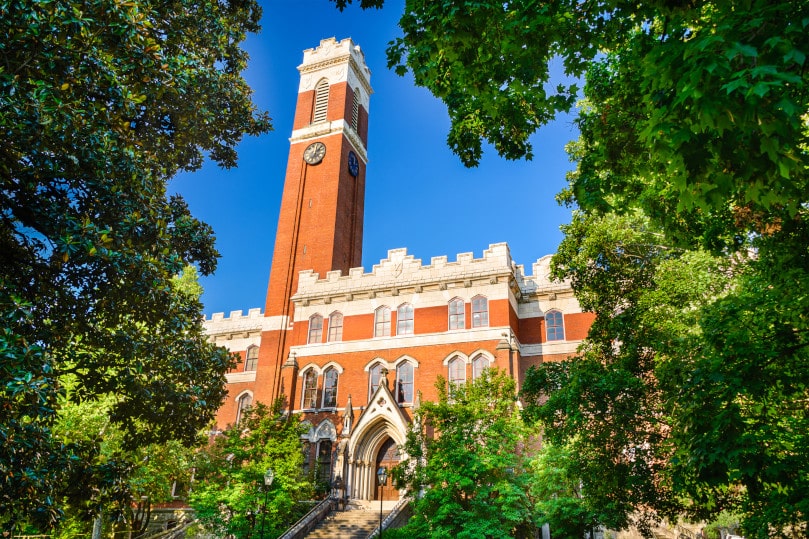
In short, it was a corporate free-for-all, and those who created and led successful businesses gained immense wealth and power, often at the expense of other corporations.
These men were called robber barons by their critics and Titans of industry by their supporters.
Who Were the Robber Barons?
Robber barons were businessmen who grew enormously wealthy through the monopolies they created in various industries, most notably the steel, oil, coal, and transportation industries.
John D Rockefeller established an immensely powerful monopoly over the oil industry with Standard Oil, while Andrew Carnegie dominated the railroad industry.
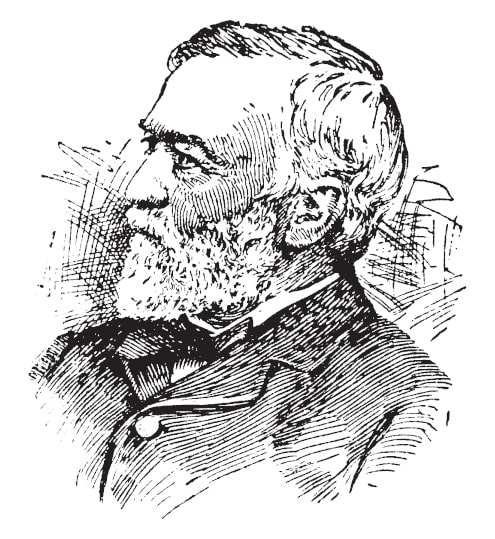
Jay Gould (railroads) was another successful businessman labeled a robber baron, as were Cornelius Vanderbilt (water transport, railroads), John Jacob Astor (real estate, fur), and Jay Cooke (finance).
How Did They Get So Rich?
Robber barons used ‘vertical integration’ to accumulate more market power than their competitors.
For example, let’s say you were running a railroad. Railroads at the time needed two basic ingredients to be successful – coal and steel.
Coal powered both the locomotives and the furnaces where steel was produced. Andrew Carnegie controlled the largest railroad in the country at the time and was buying huge amounts of coal and steel from other businesses.
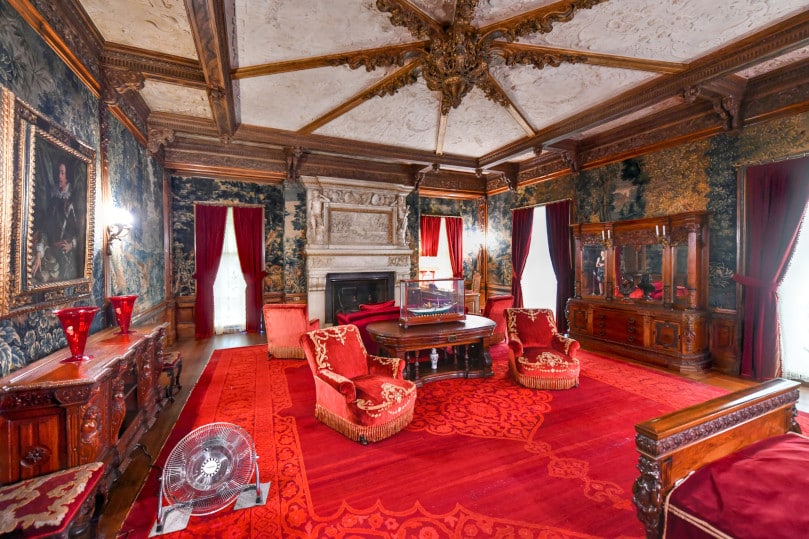
Rather than pay others for these raw materials, he bought coal mines and built steel plants to keep a much higher share of the profits from running the railroad.
This model was repeated successfully in many other industries by other robber barons.
Exploitation
Though some were fair and honest businessmen, many robber barons were notorious for paying poor wages, bribing government officials, and using their market power to run other competitors out of business.
They exploited their workers, tried to stop the formation of unions, and illegally cooperated with other businessmen to raise prices (in organizations called ‘Trusts’).
Philanthropy
However, robber barons weren’t always bad for society. Robber barons often gave money back to society with huge philanthropic gifts.
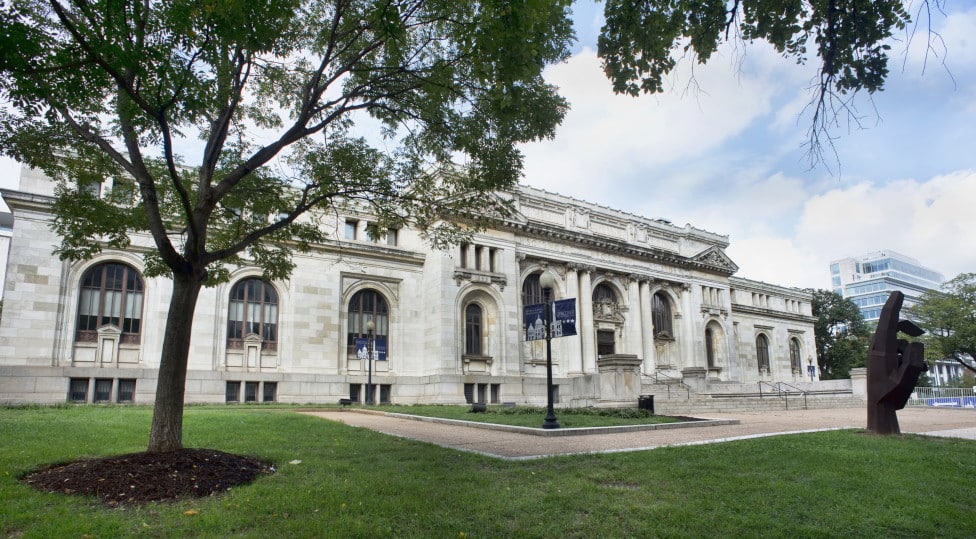
Andrew Carnegie endowed many charitable foundations, donating most of his wealth away by the end of his life.
In addition to creating cultural institutions like Carnegie Hall for music in New York City, he ordered the construction of hundreds of public libraries in small towns across America so that every child would have the opportunity to read books for free.
This most famous act of philanthropy still benefits the country today – many of those old stone buildings are still visible around old town greens in America’s Northeast.

Get Smarter on US News, History, and the Constitution
Join the thousands of fellow patriots who rely on our 5-minute newsletter to stay informed on the key events and trends that shaped our nation's past and continue to shape its present.
Why Was It Called the Gilded Age?
Gilded means to be covered with a thin layer of precious metal, typically gold. Something gilded is shiny and beautiful on the outside but often conceals a less attractive interior.
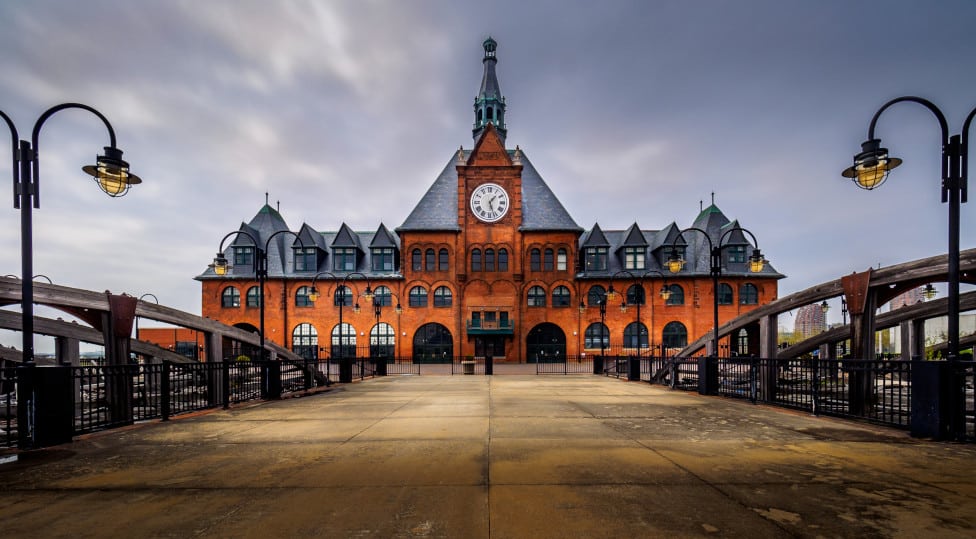
American society during the late 19th century could be said to be golden – with impressive infrastructure development, huge fortunes created, and the rise of a luxurious high society, America seemed a golden land.
Yet beneath this gilded exterior was real America, a land of working-class factory laborers and immigrants struggling to get by.
The rich-poor divide
During this era, enormous wealth disparities developed between the immigrant factory laborers of the working class and the wealthy industrialist families of the time.
These income disparities were far greater than they are today, with the average American male worker earning only $380 per year while industrialists could earn millions annually. These immense inequities led to a great deal of social criticism.
One of the earliest and most prominent examples of social criticism during the Gilded Age was by renowned author Mark Twain.
Along with Charles Dudley Warren, Twain wrote a satirical novel called The Gilded Age, which describes the Washington D.C. high society of the day in humorous and critical terms.
The novel exposes the nefarious actions of greedy industrialists and the corrupt politicians who enabled them. Although fictitious, the novel so accurately described many of the social evils of the era that it became enormously popular. The Gilded Age largely takes its name from Twain’s novel.
Why Does the Gilded Age Matter?
The Gilded Age was a reflection of the United States’ rise as an industrial power. For the first time in its history, the wealth of the United States rivaled that of continental Europe, and the industrialists who rode this wave became a new form of American economic royalty.
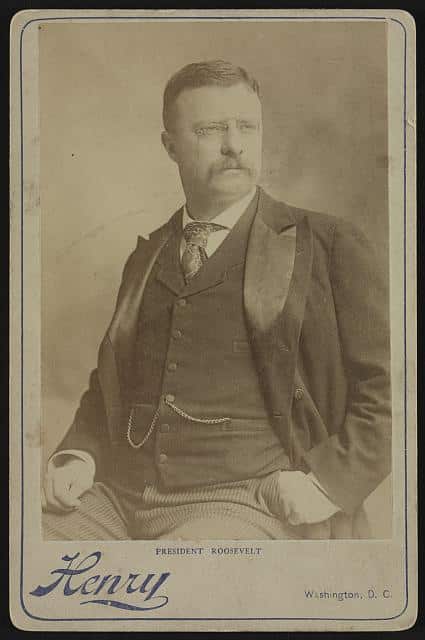
However, the rapidly growing income disparities between rich and poor caused by the Gilded Age’s hyper-capitalism began to raise a new form of class consciousness among the workers.
The inequities of the Gilded Age led to the rise of union labor, where workers, for the first time, organized to demand higher wages and better working conditions. This coincided with the growth of progressive politics.
The Progressive Era
Many Americans became sick of the robber barons abusing their power. They voted for politicians like William Jennings Bryan and Theodore Roosevelt, who promised to check corporate power and fight for everyday workers’ rights during the Progressive Era (1896–1917).
At the tail end of the Gilded Age, the corruption and market dominance of the robber barons would be challenged. Trusts were made illegal, workers were guaranteed safe working conditions, and an American urban middle class would be created.
Though the gap between rich and poor had widened, America’s reaction to the abuses of the Gilded Age society resulted in a fairer future.











